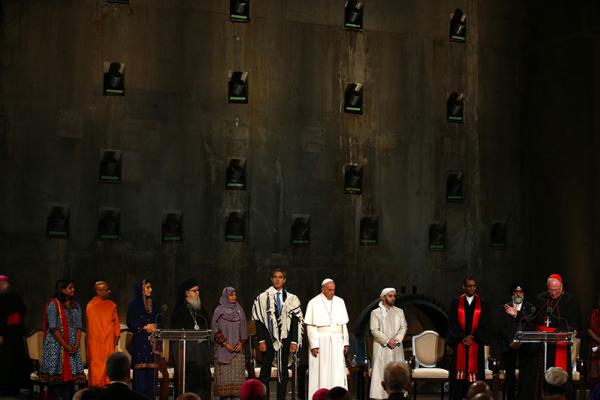Sep 25, 2015
Pope Francis embraced survivors of 9/11 in the footprints of the Twin Towers, then prayed for peace at an interfaith service beside the last column of steel salvaged from the fallen skyscrapers.
Arriving straight from his speech to the United Nations on Sept. 25, Francis met with 10 families from the 9/11 community — people who survived the destruction, rescued others from the inferno, or lost loved ones in the worst terrorist attack in U.S. history, executed by religious zealots.
Read the Full Article

Already a subscriber? Login
